- TradingFinder
- Education
- Forex Education
Forex Education
Forex trading offers opportunities to profit from global currency fluctuations, but success requires solid education and a strategic approach. Forex education encompasses various learning paths, from understanding basic forex concepts to mastering advanced strategies and trading psychology. Trading Finder offers the best Forex educational content for traders with various levels of knowledge and experience. This content covers basic Forex-related topics, including Forex market hours, trading platforms, spreads, commissions, Forex brokers, currency pairs, and general Forex terms such as pips, leverage, and margin. Our team of expert creators doesn’t stop there and also creates content for professional traders. These advanced educational resources cover both fundamental and technical analysis concepts. From Economic calendar, interest rate decisions impacts, economic reports impact including NFP or GDP, Forex regulatory bodies such as SEC, FCA, and ASIC, to technical analysis tools and strategies, including price action trading, various indicators such as RSI, moving average, Bollinger bands, and technical patterns, Trading Finder cover everything a trader needs to know.
Forex Market Hours: Best Trading Times & Days
The Forex market is a global marketplace for currency trading that operates 24 hours a day, five days a week (Monday to Friday)....
Trading Position: Types of Positions Based on Trade Direction and Holding Time
In financial markets, a position refers to an open trade an investor holds in a financial asset this trade can take the form...
What is CFD Contract? [Features of CFD Contracts on Stocks, Forex, and Crypto]
By using CFD contracts (Contract for Difference), traders can profit from price fluctuations without the need...
Leverage in Forex: Calculation Formula + Use in Scalping & Swing Strategies
Leverage in the Forex market allows traders to open larger positions using a small portion of their own capital, thereby...
ABCD and Three-Drive; Harmonic Patterns in technical analysis & Fibonacci ratios
Harmonic patterns, based on Fibonacci ratios, are among the tools used in technical analysis. The ABCD pattern and the Three-Drive...
Momentum in Technical Analysis: The Speed and Strength of Price Movement
Among various technical analysis tools, momentum is one of the concepts that examines the speed and strength of pricemovements....
ICT Range and Consolidation Trading Strategy: Identifying Sideways Markets
Range markets (also called consolidation zones) are the primary areas where smart money accumulates liquidity. In these zones, price...
What is Scalping? Best Scalping Trading Strategies
Scalping is a highly fast-paced trading strategy in financial markets where the period between opening and closing trades is only...
The Impact of Monetary Policy on Inflation [Contractionary and Expansionary]
Monetary policy, with its direct impact on liquidity, reduces or increases inflation. The way monetary policy affects economic...
Candlestick wicks in ICT; a Guide to Identifying Market Reversals
The candlestick shadow in ICT reveals is a precise depiction of the market's reaction to key levels and its behavior relative to...
Candlestick Patterns in Support and Resistance; Candle Pattern Trading at S/R
Candlestick patterns, as the foundation of Price Action analysis, reflect order behavior at key supply and demand zones. Combining...
What is Monetary Policy? [Impact of monetary policies on economic growth]
Monetary policy shapes the cycles of economic expansion and recession. Therefore, understanding monetary policy, its tools such...
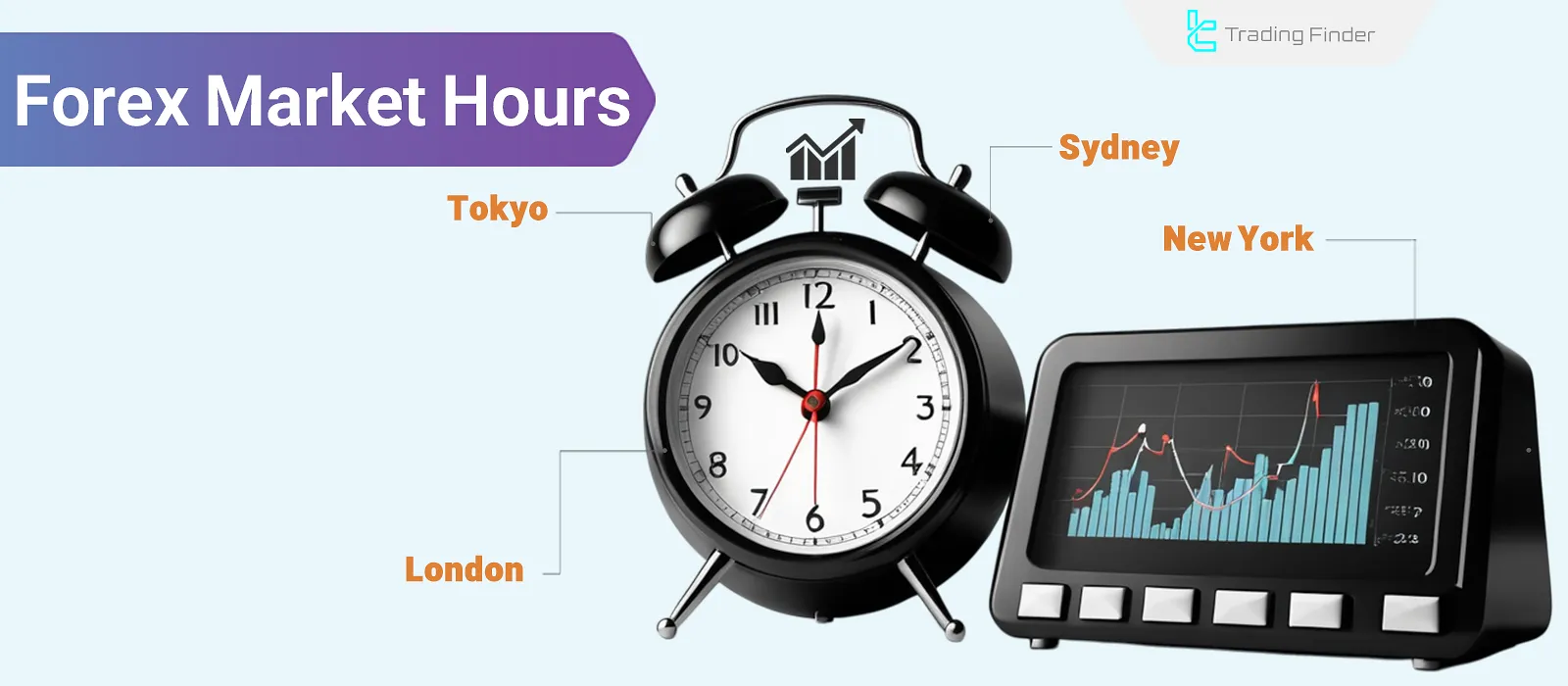
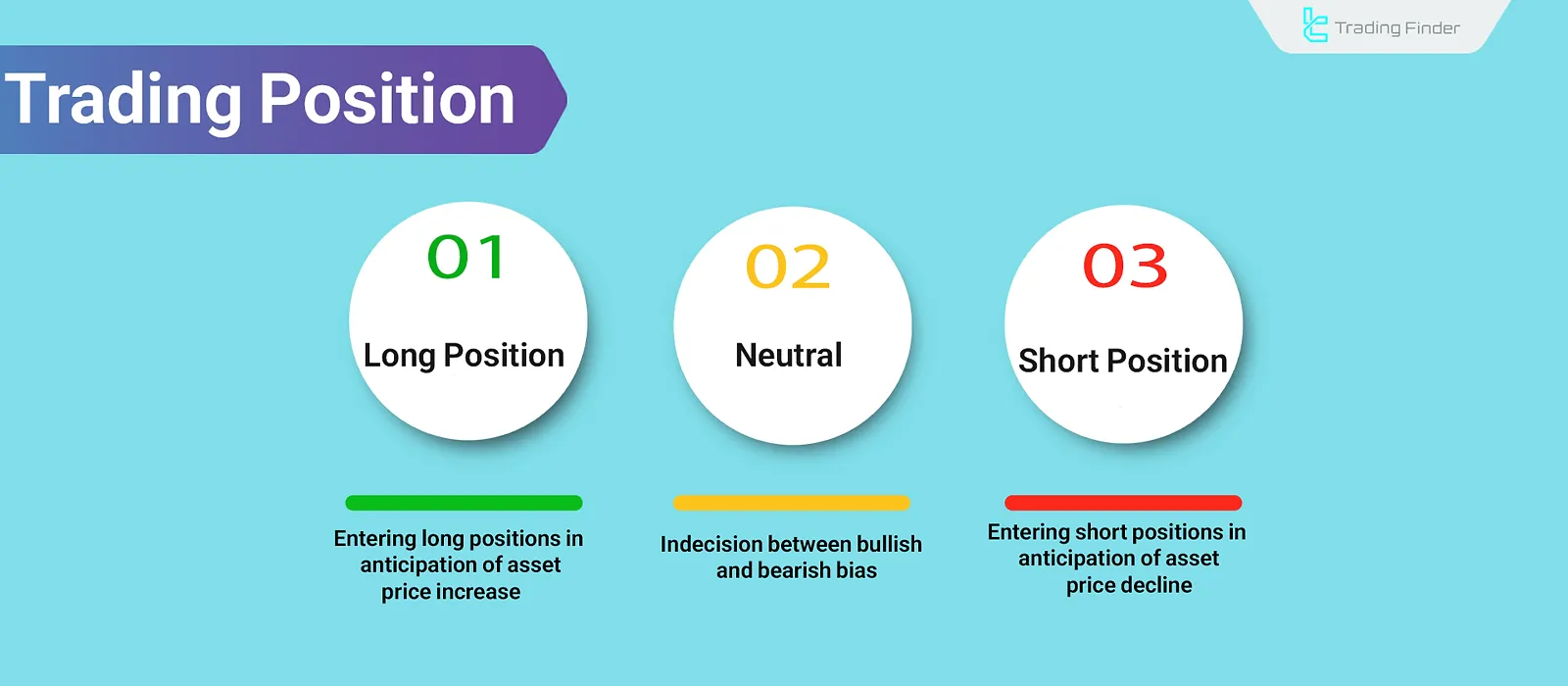
![What is CFD Contract? [Features of CFD Contracts on Stocks, Forex, and Crypto]](https://cdn.tradingfinder.com/image/391918/16-026-tf-en-what-is-cfd-01.webp)
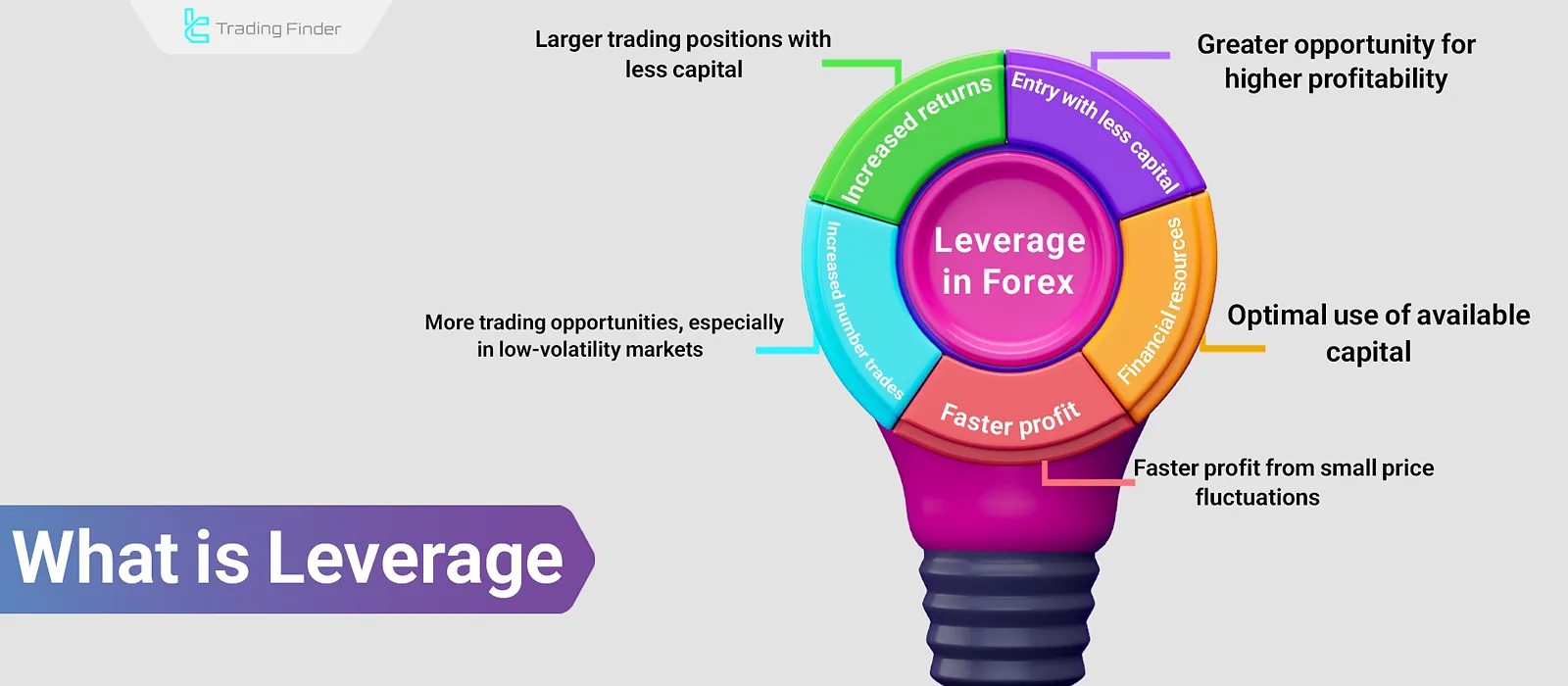
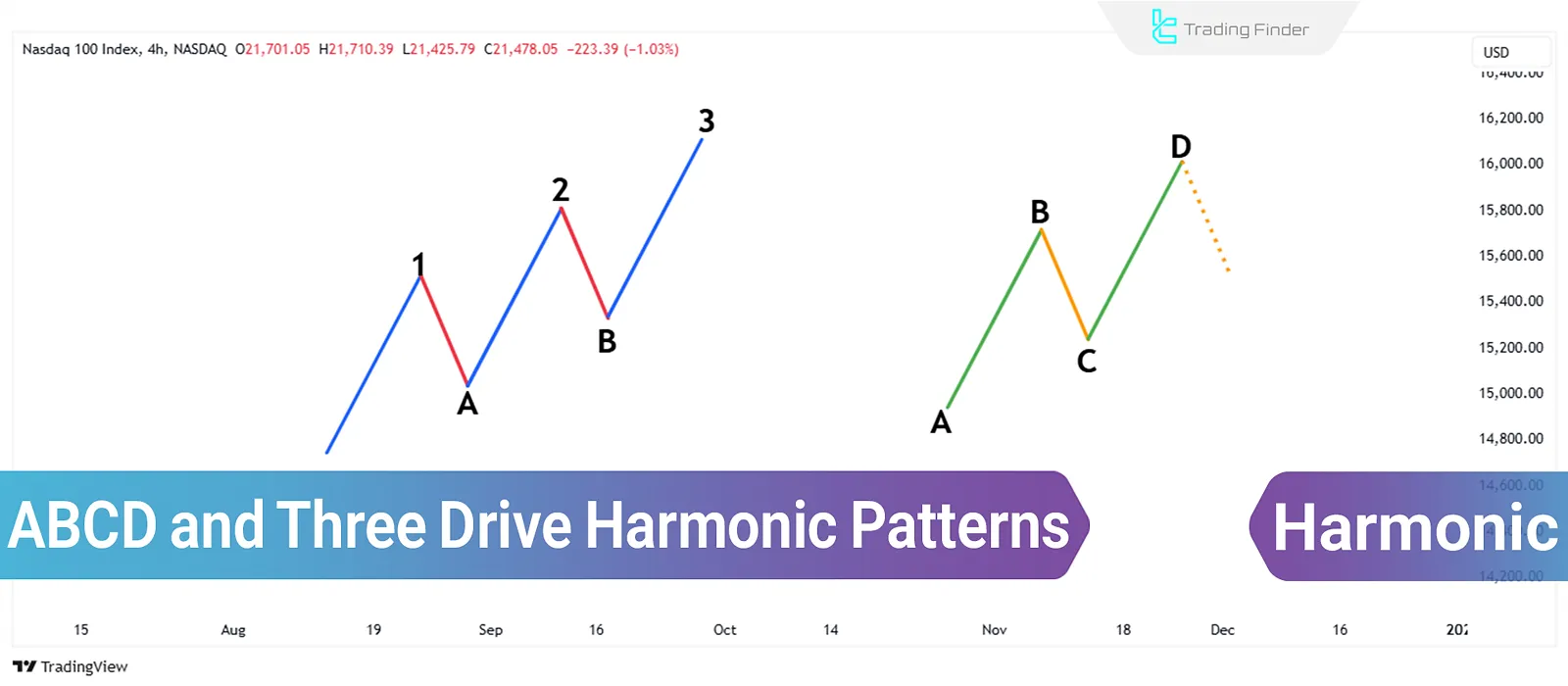
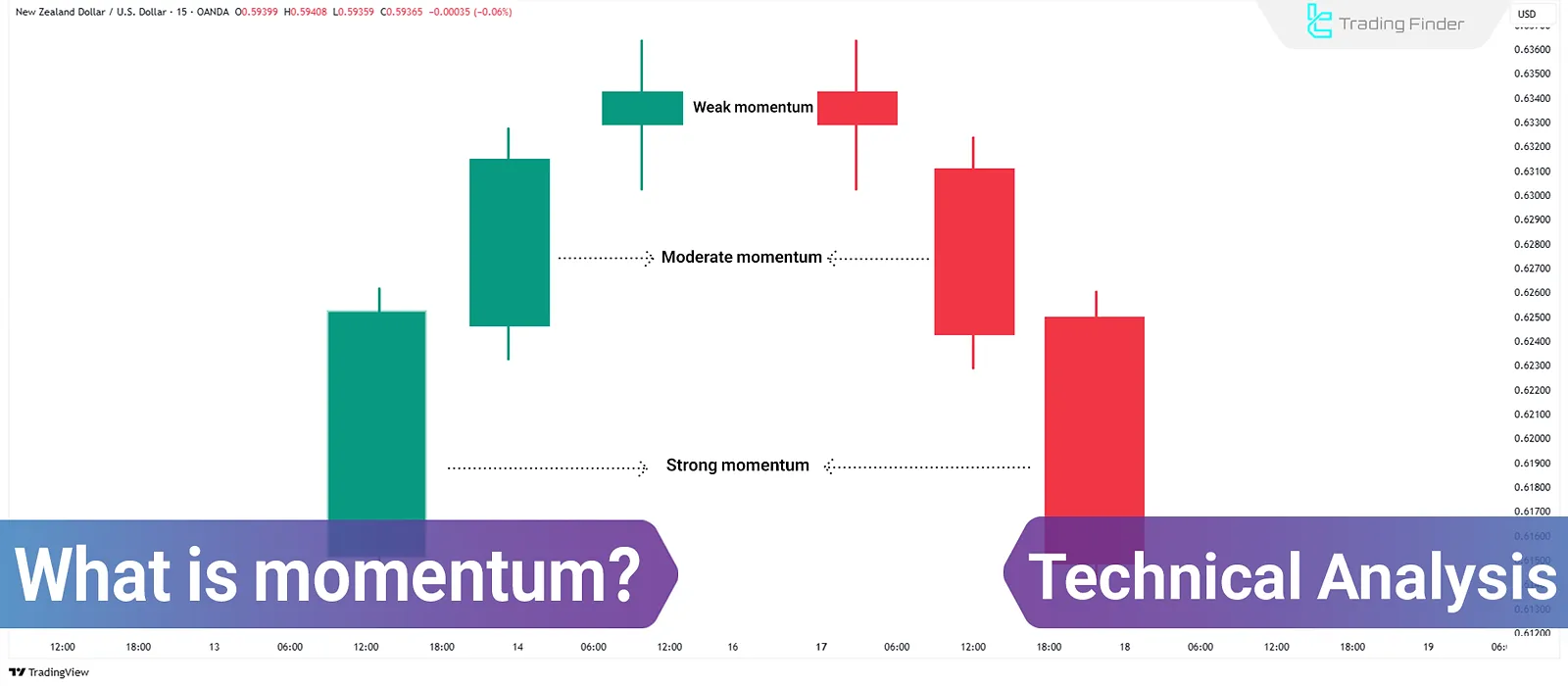
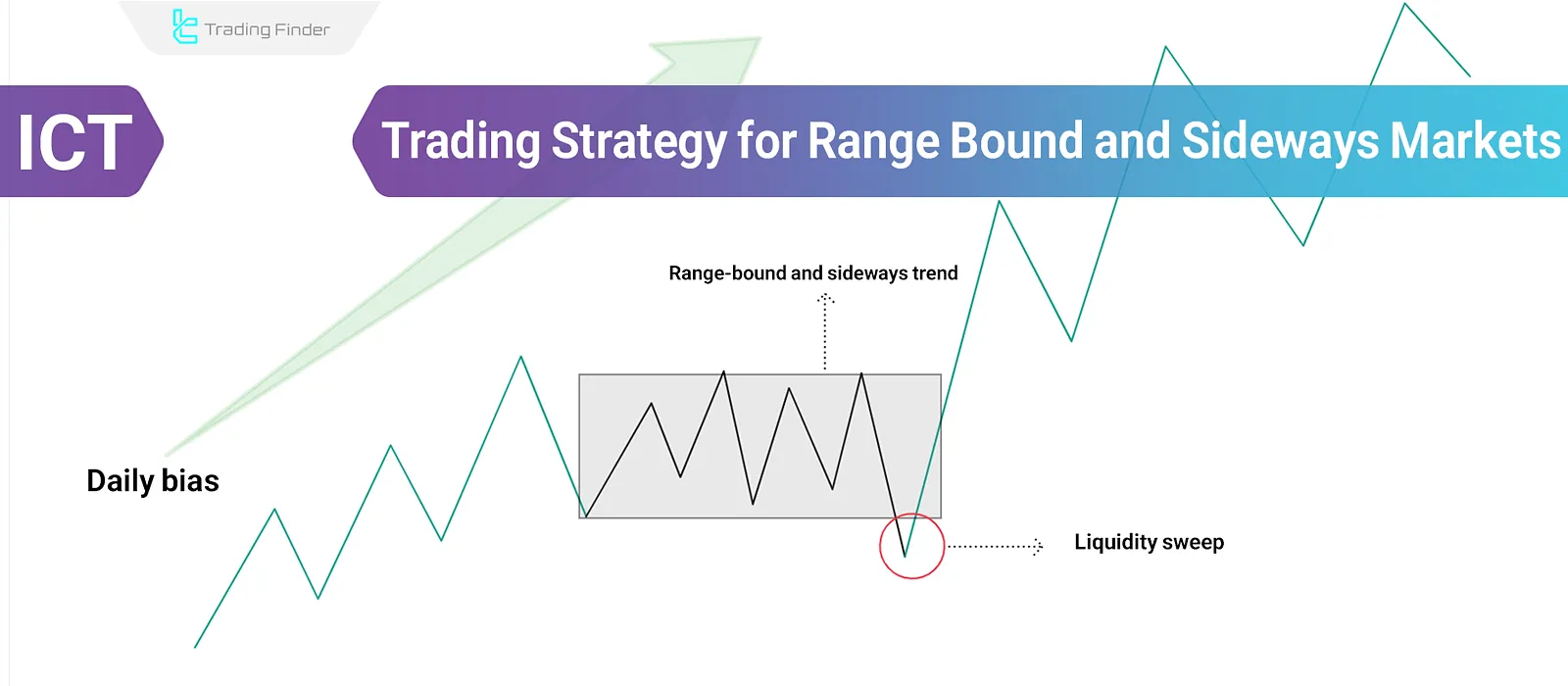

![The Impact of Monetary Policy on Inflation [Contractionary and Expansionary]](https://cdn.tradingfinder.com/image/371783/16-029-tf-en-the-impact-of-monetary-policy-on-inflation-01.webp)
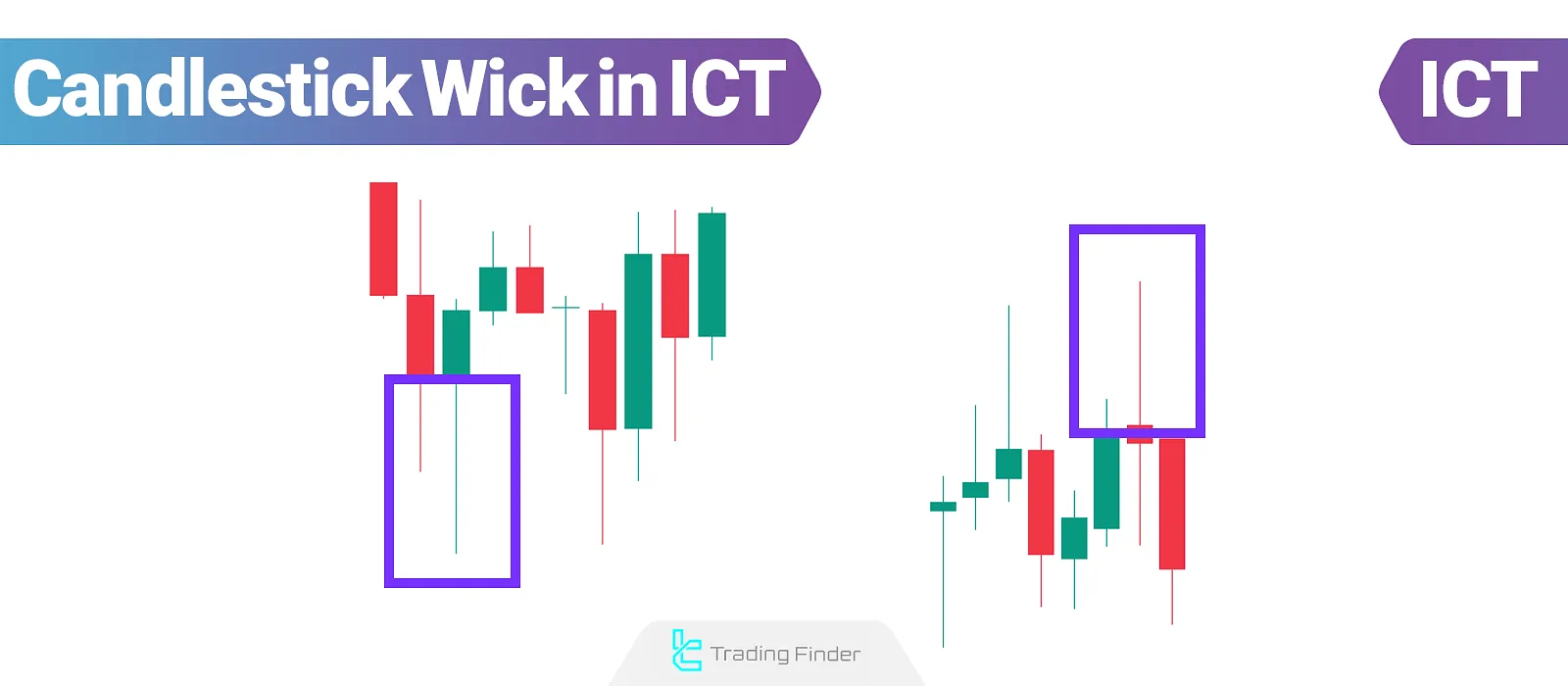
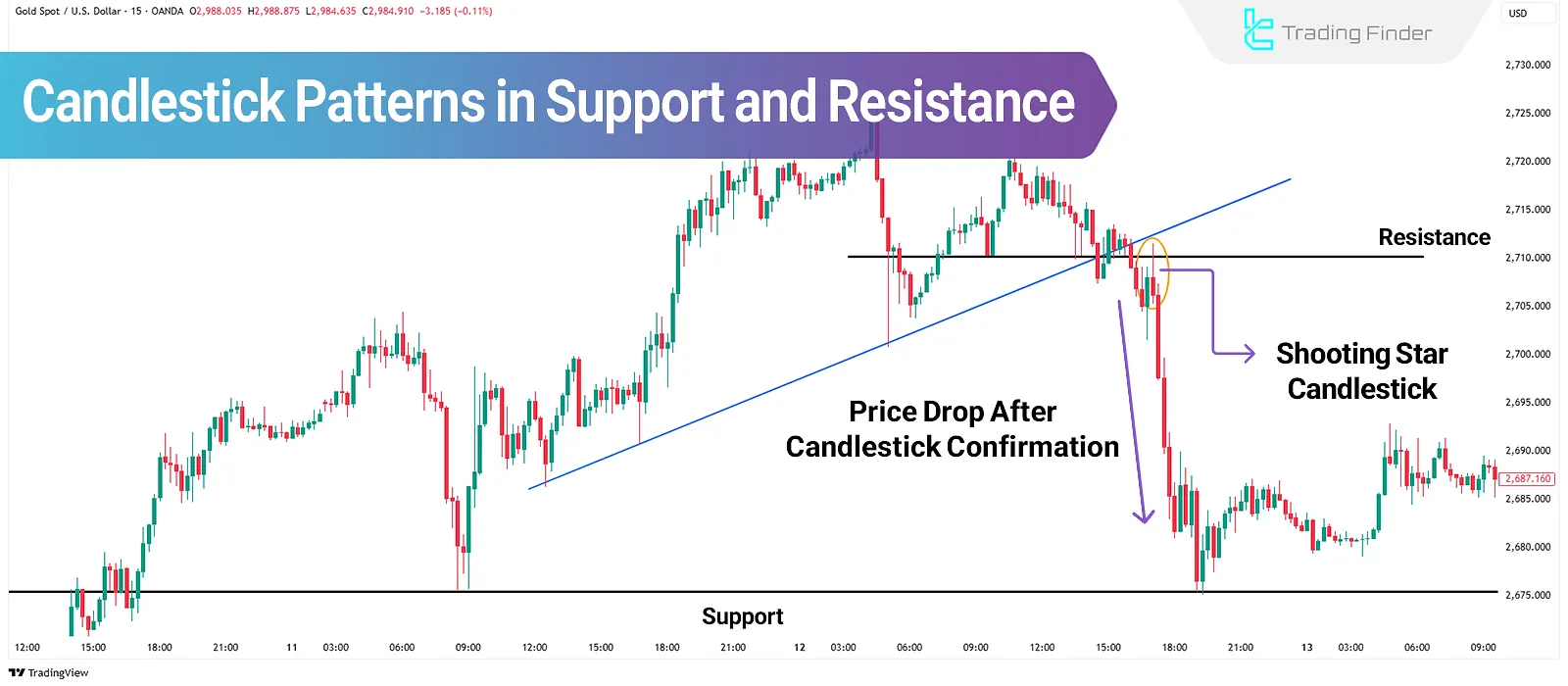
![What is Monetary Policy? [Impact of monetary policies on economic growth]](https://cdn.tradingfinder.com/image/366877/16-028-tf-en-what-is-monetary-policy-01.webp)





